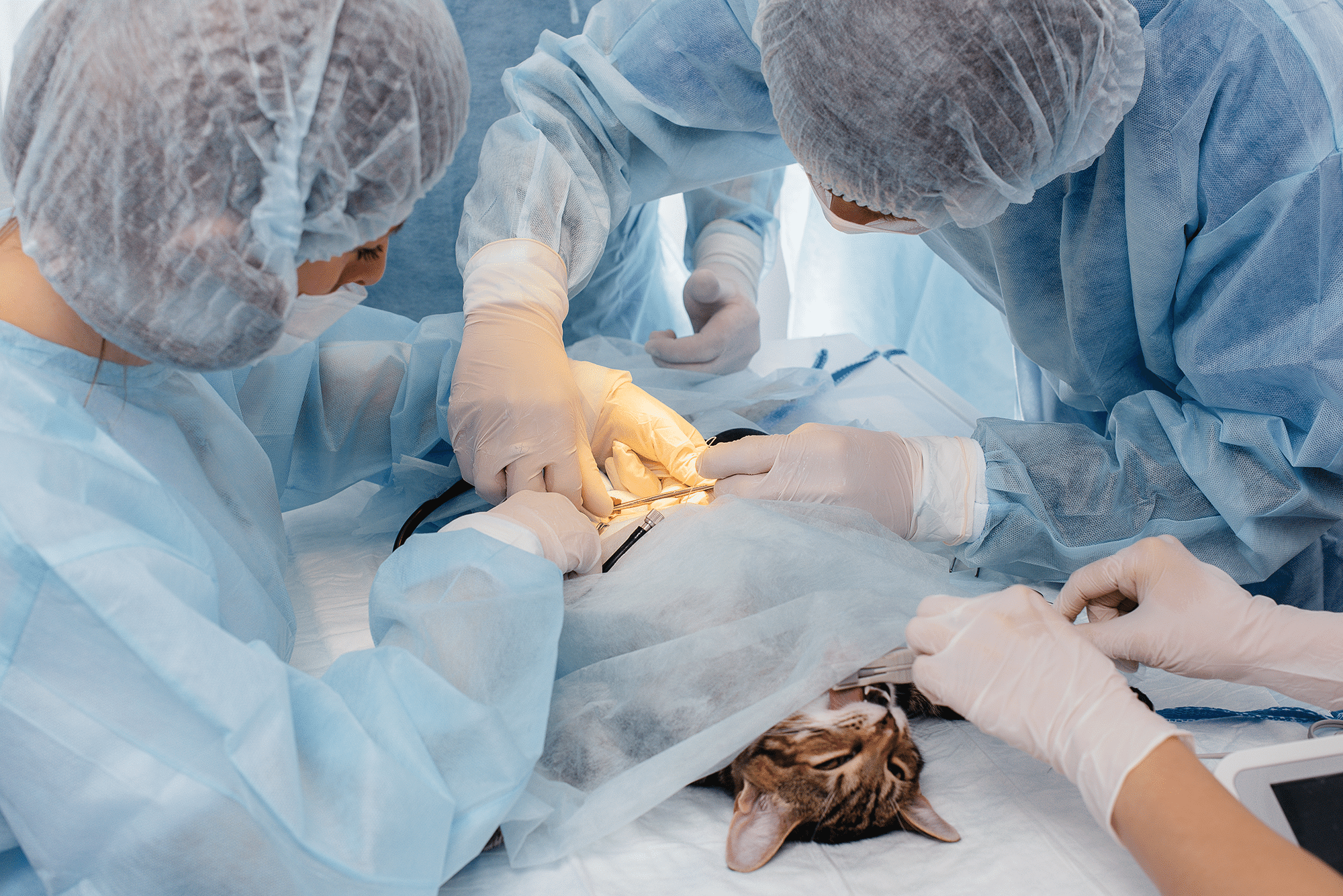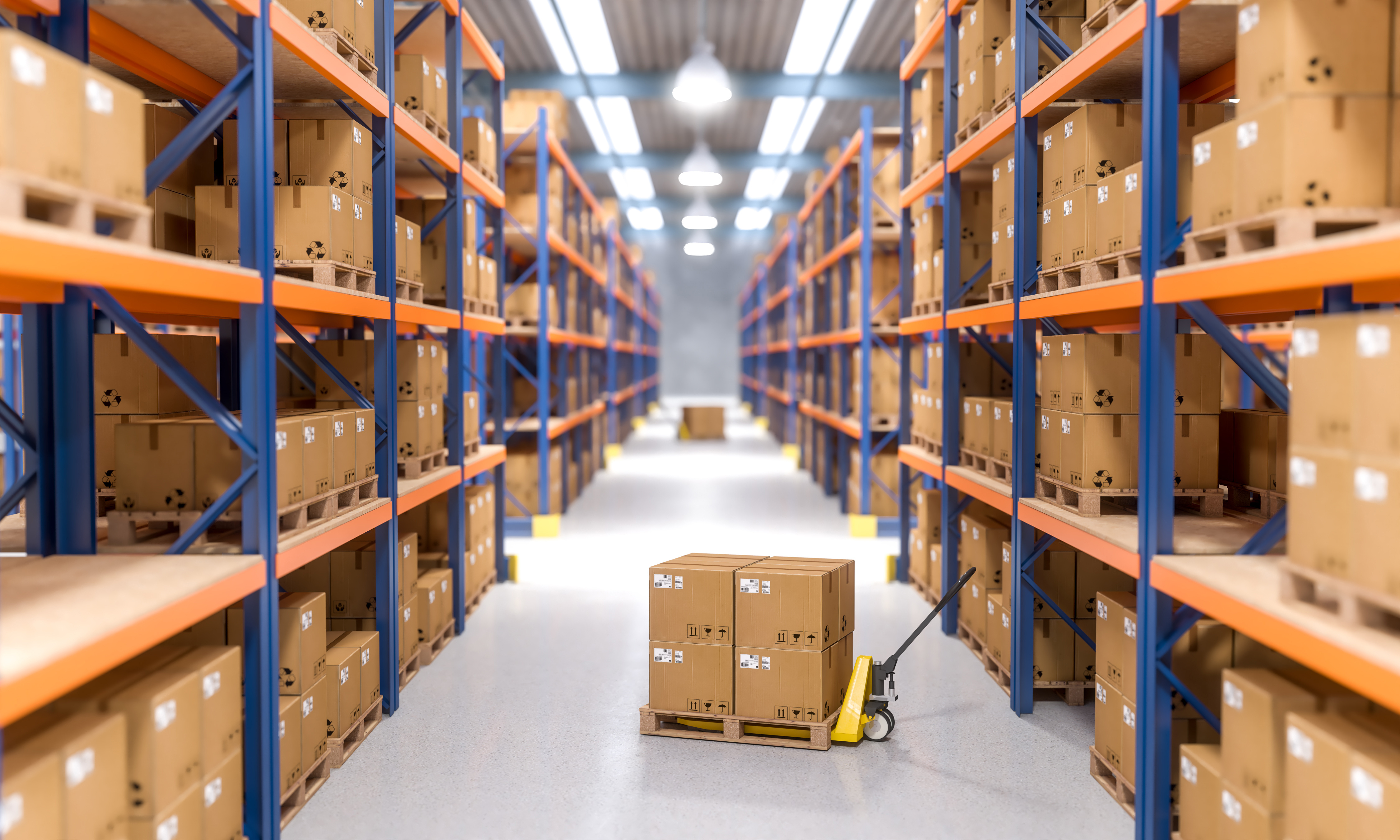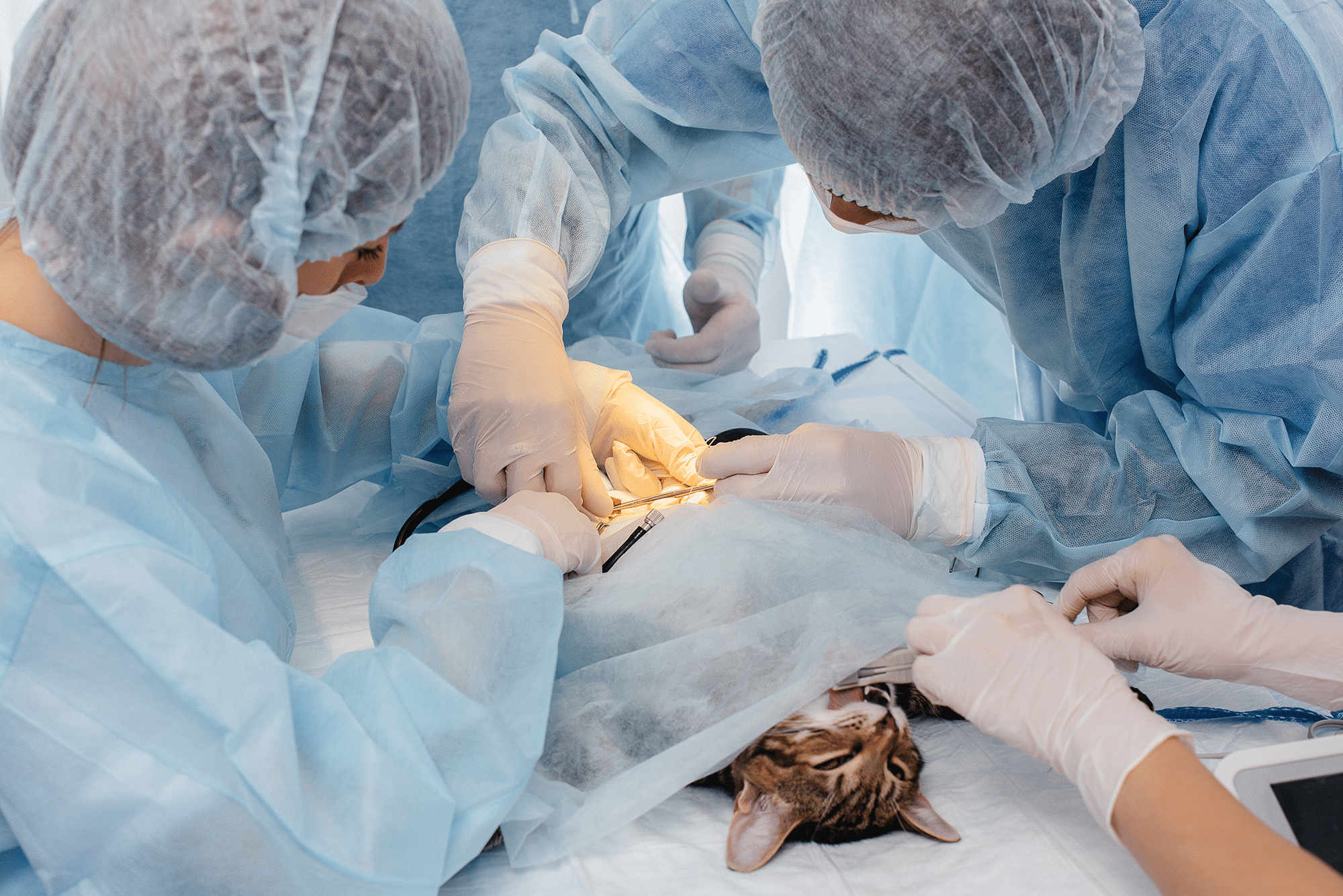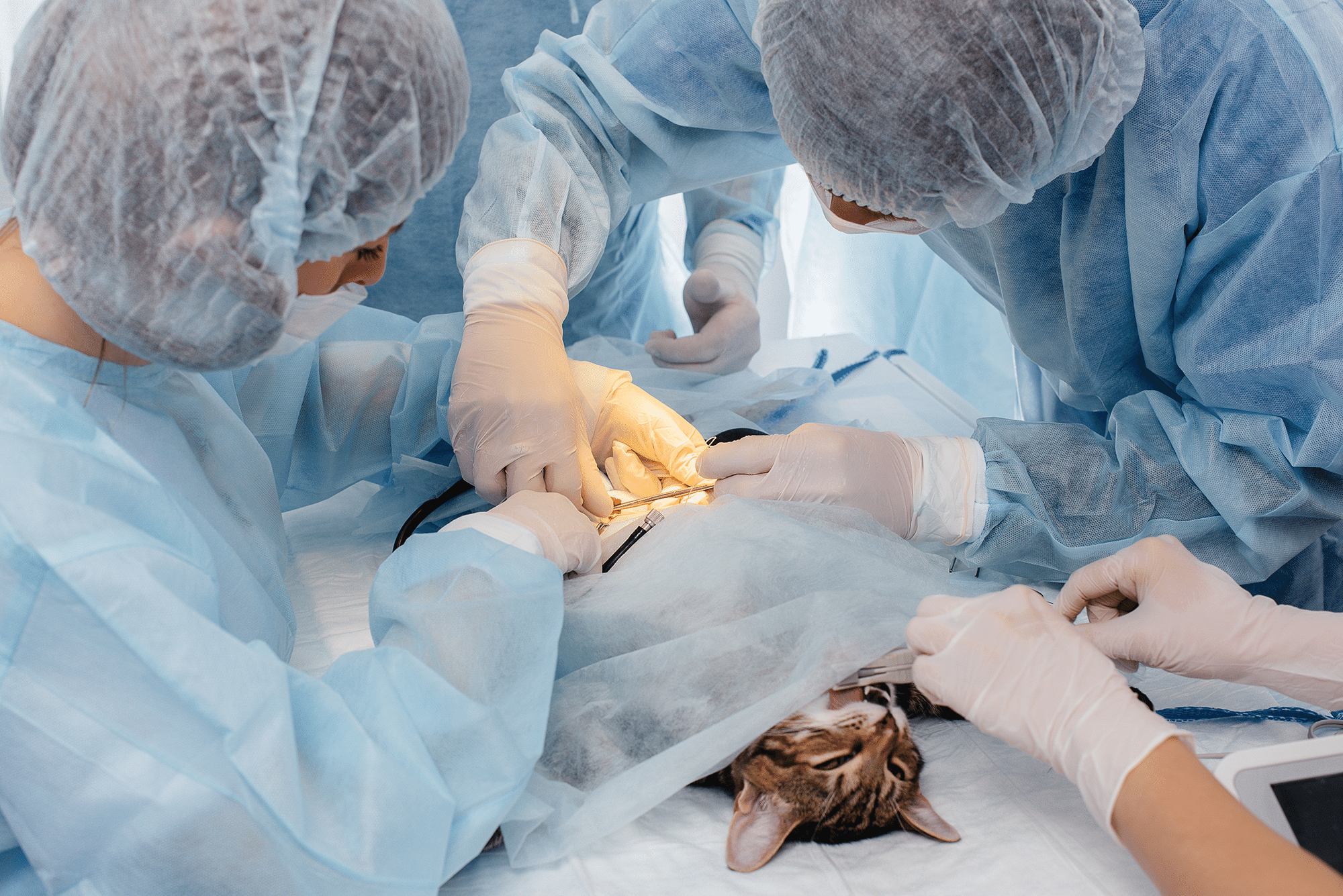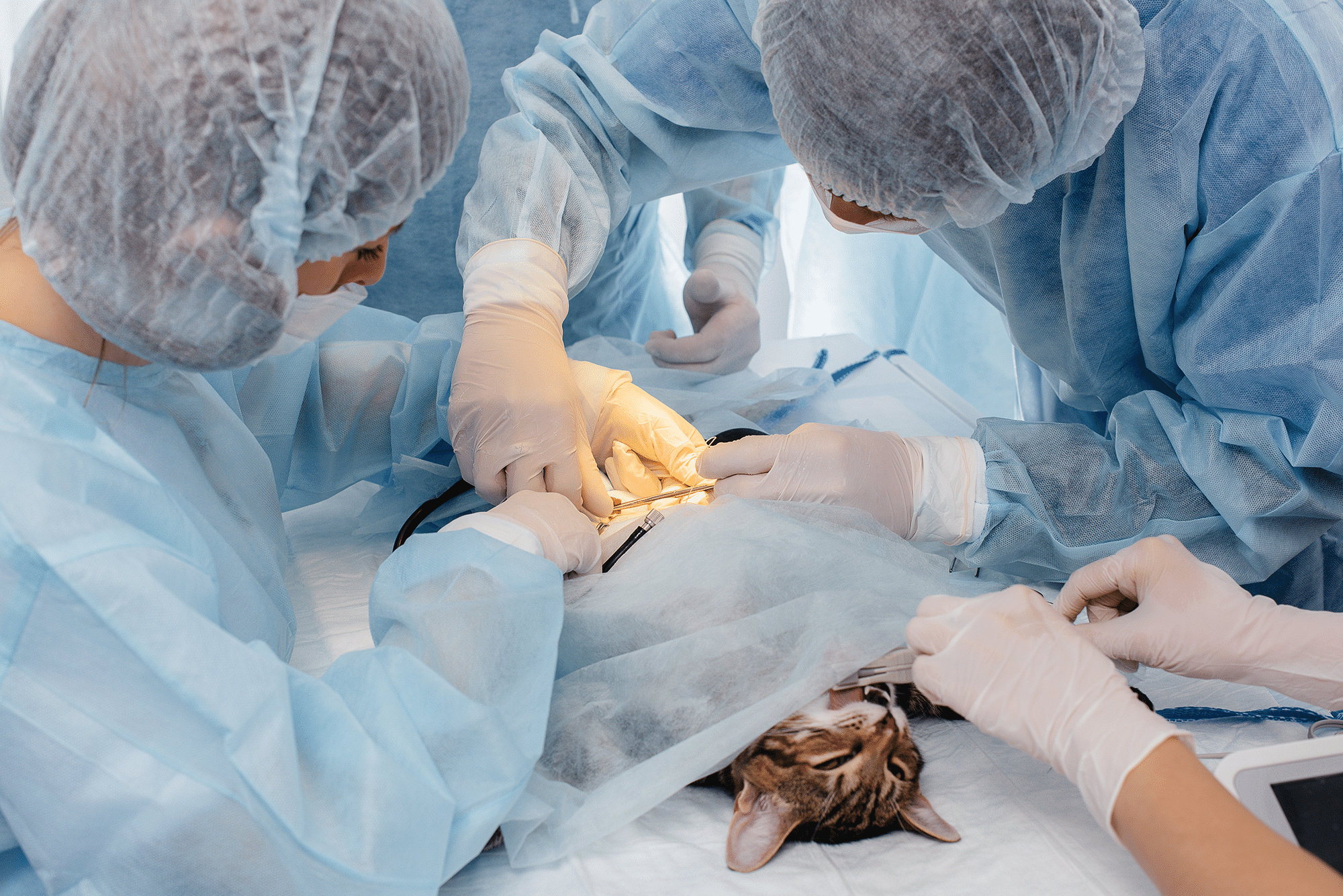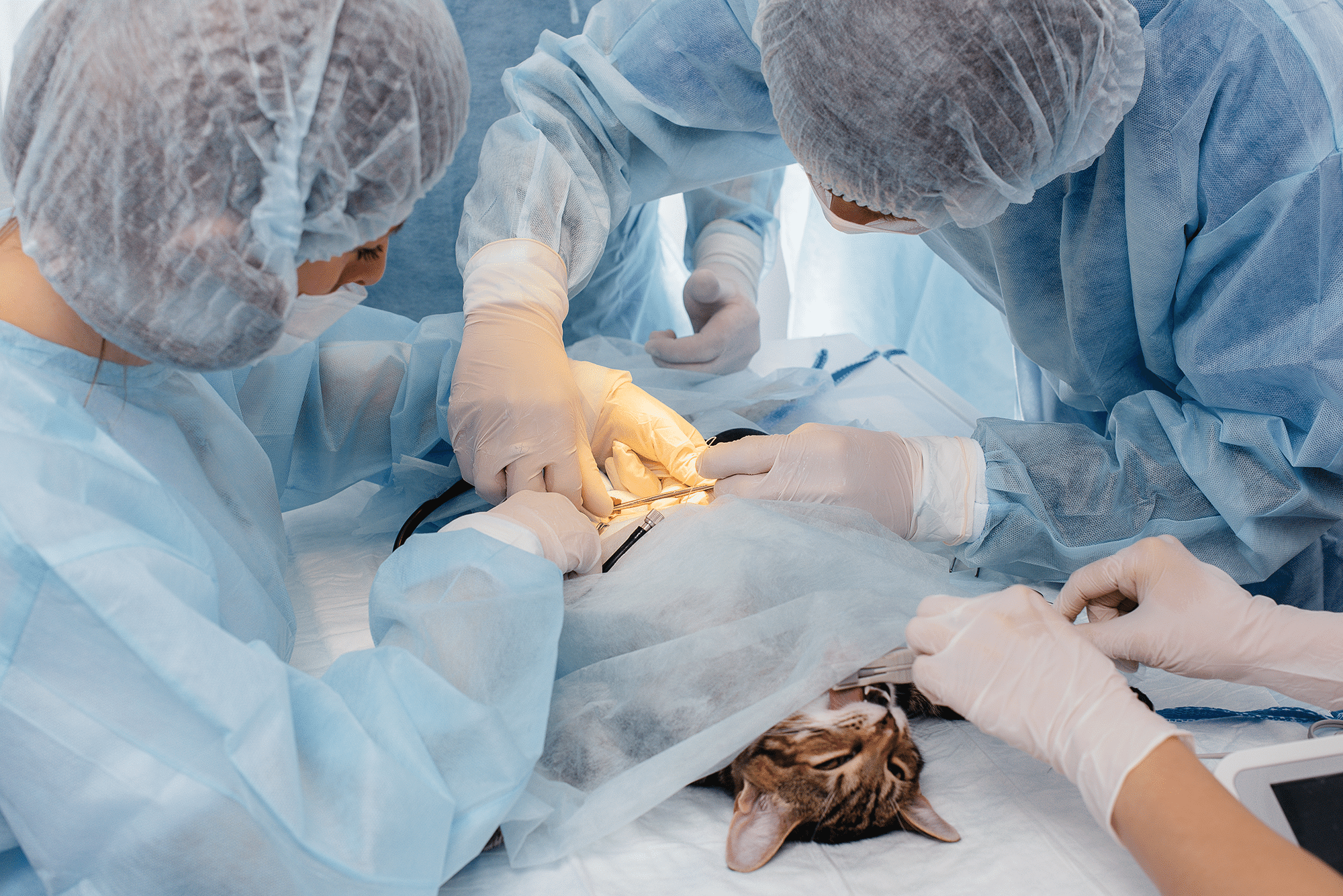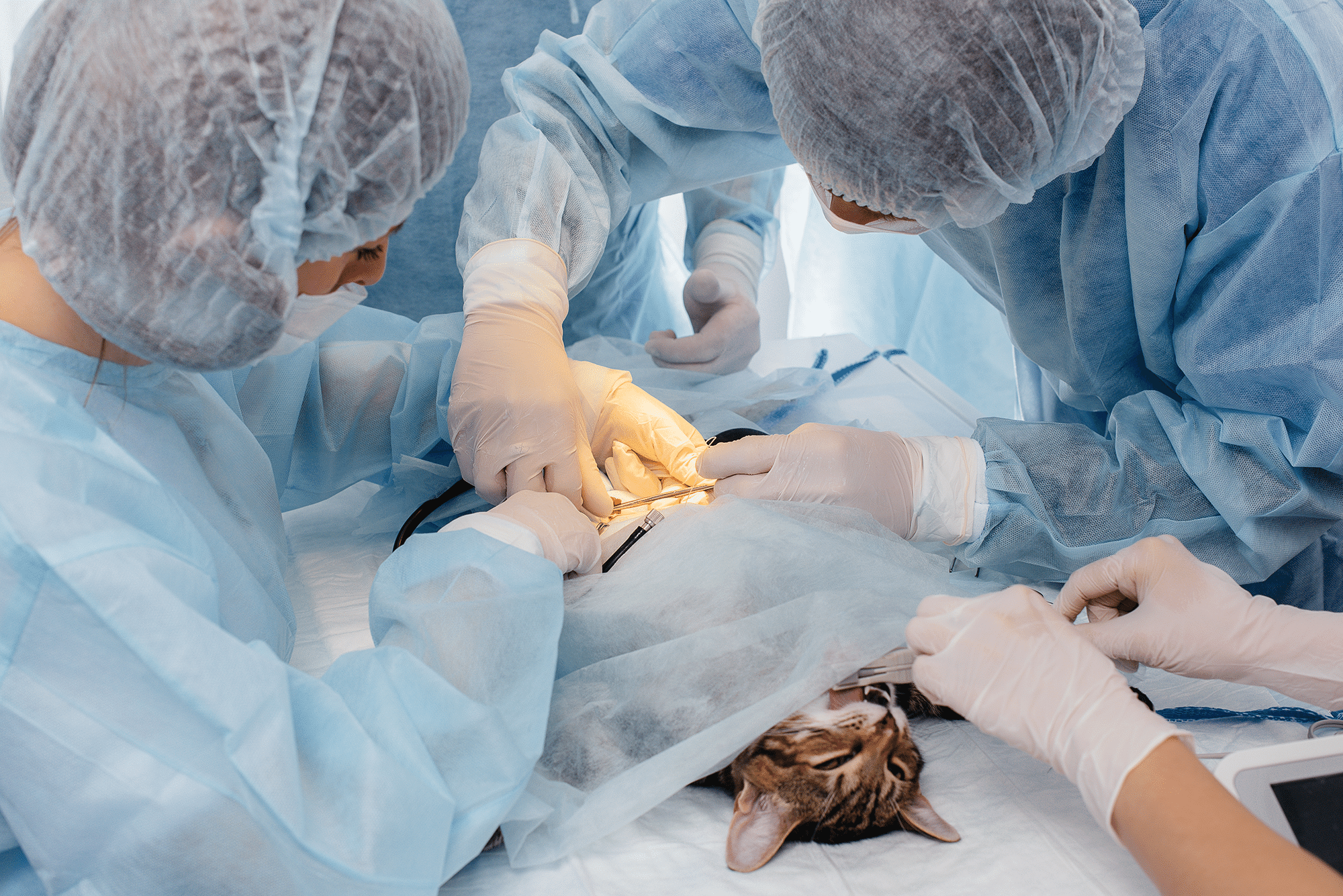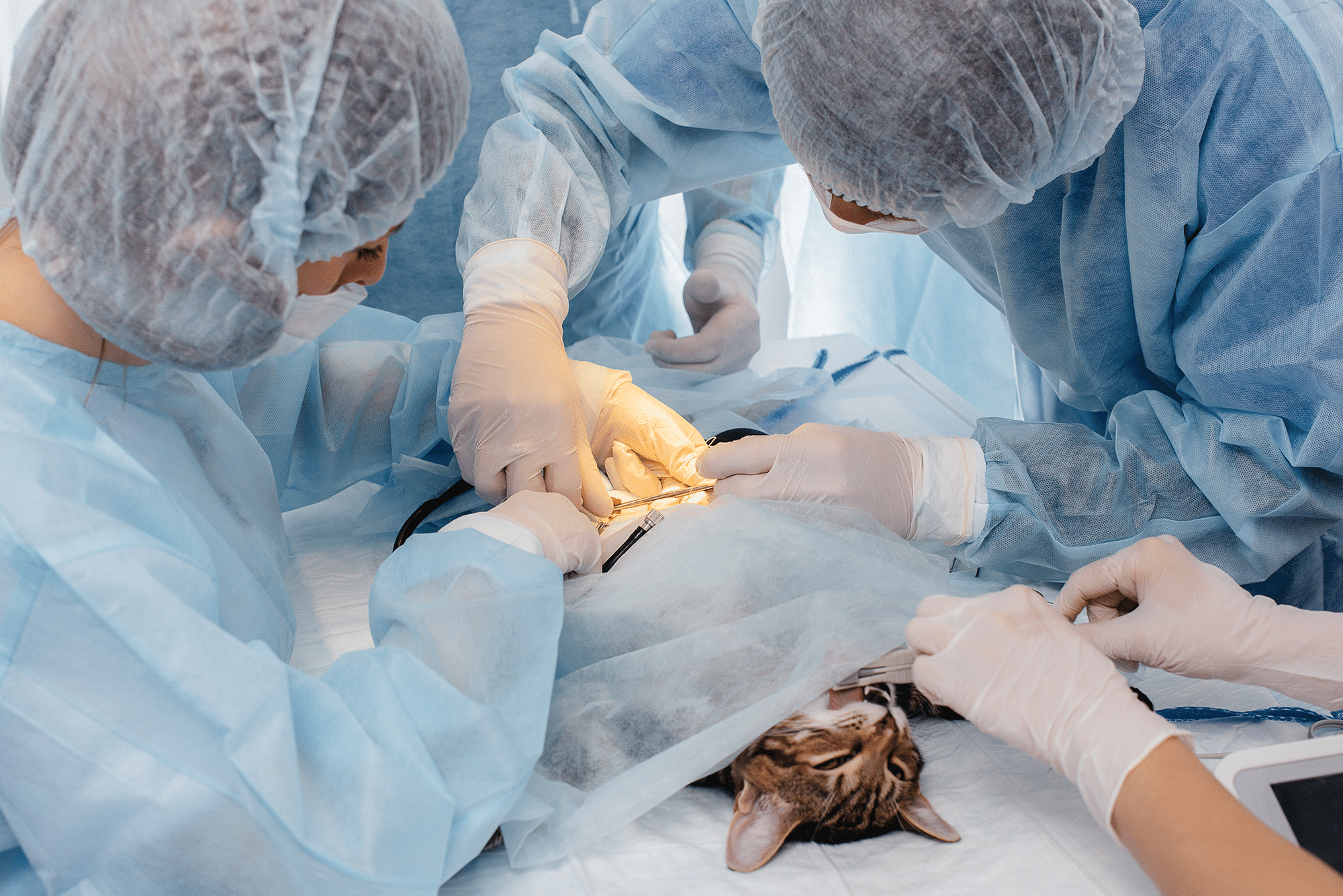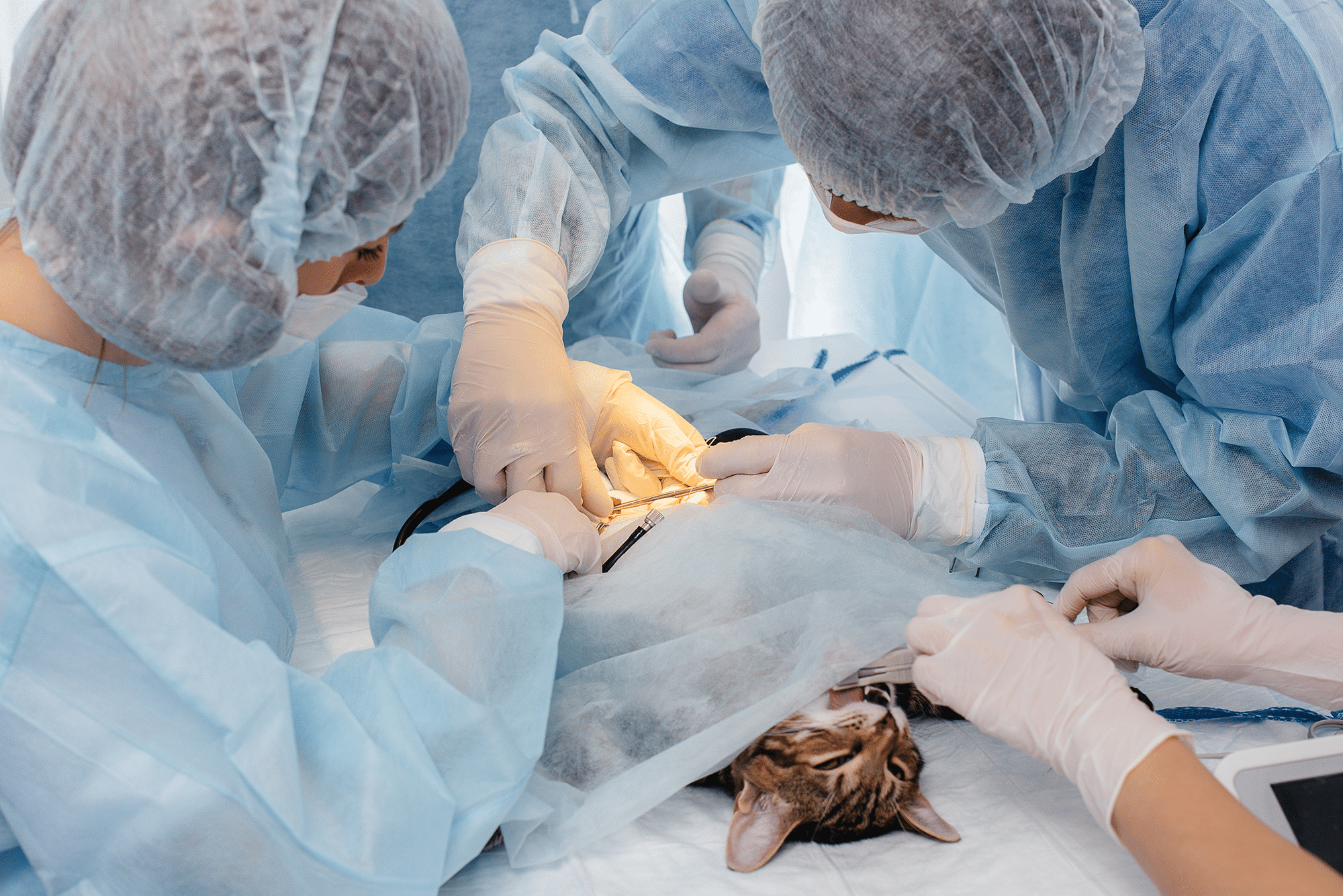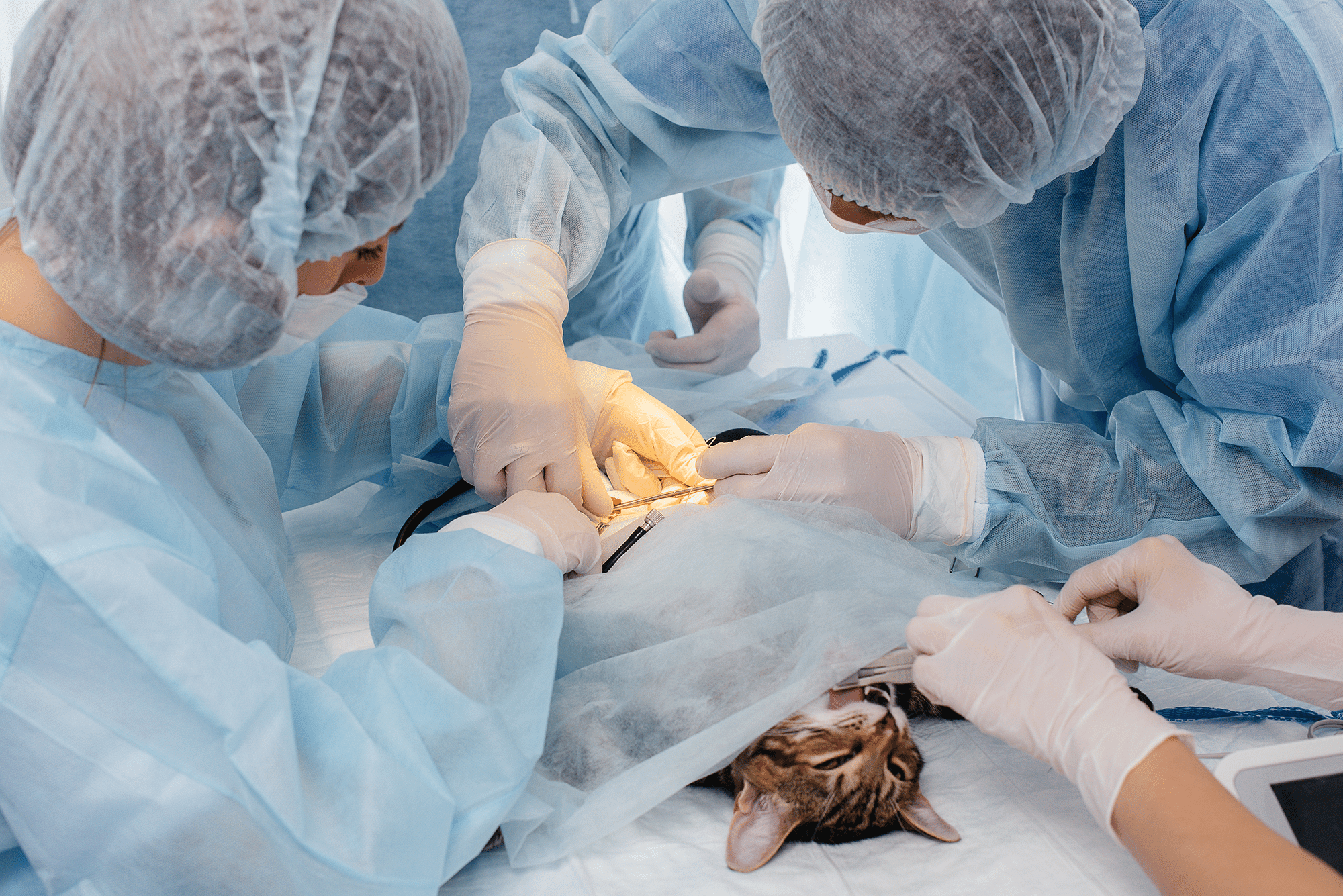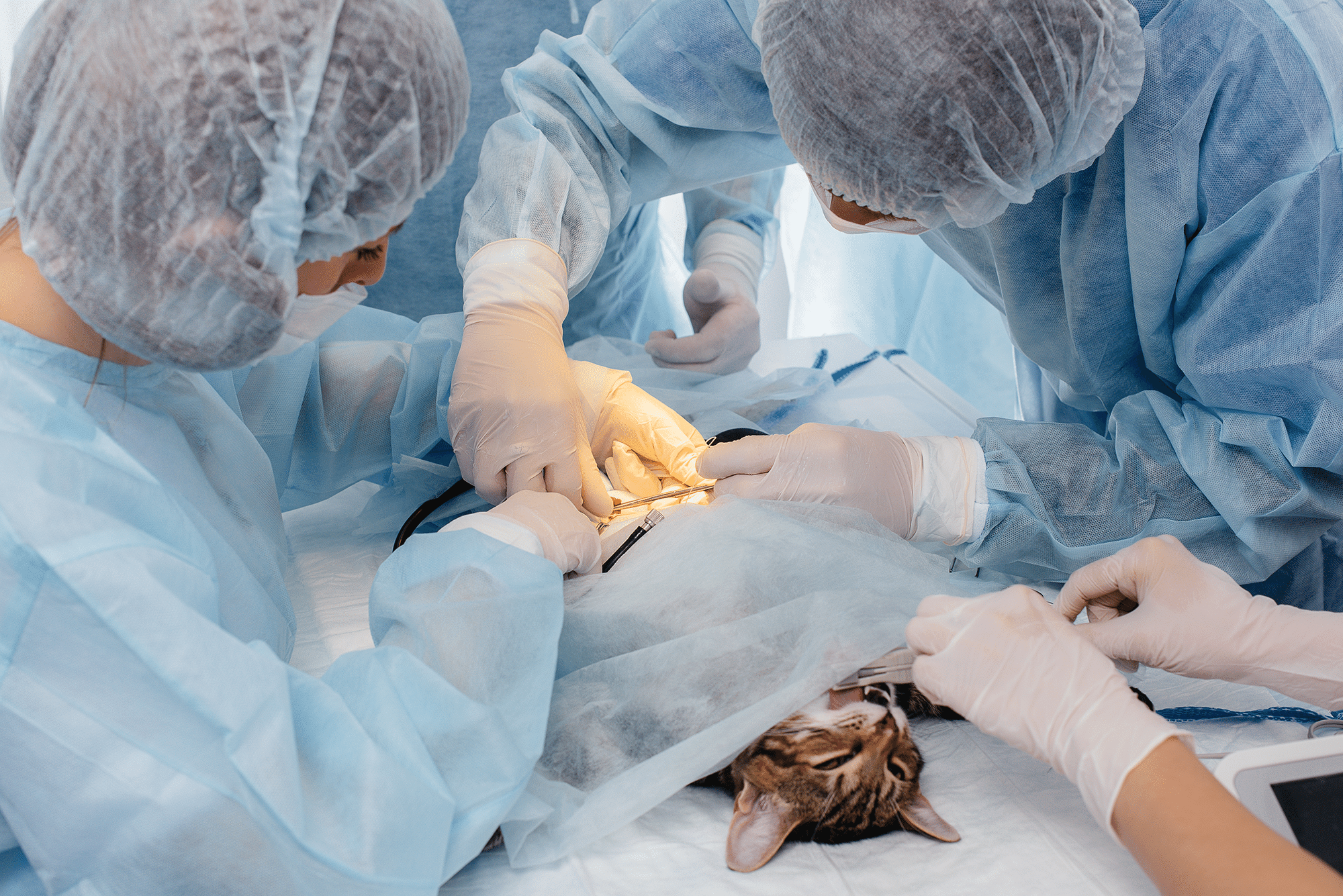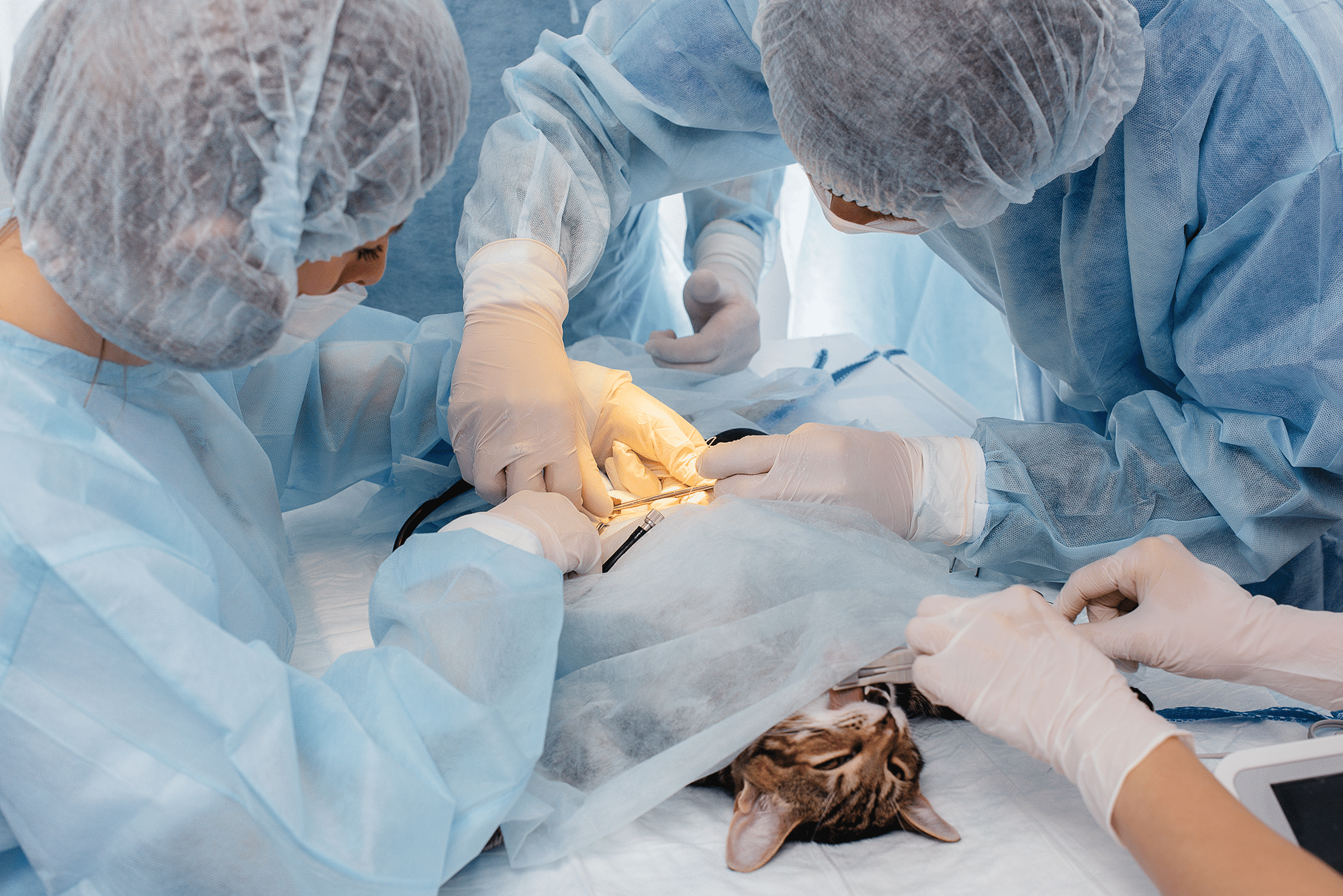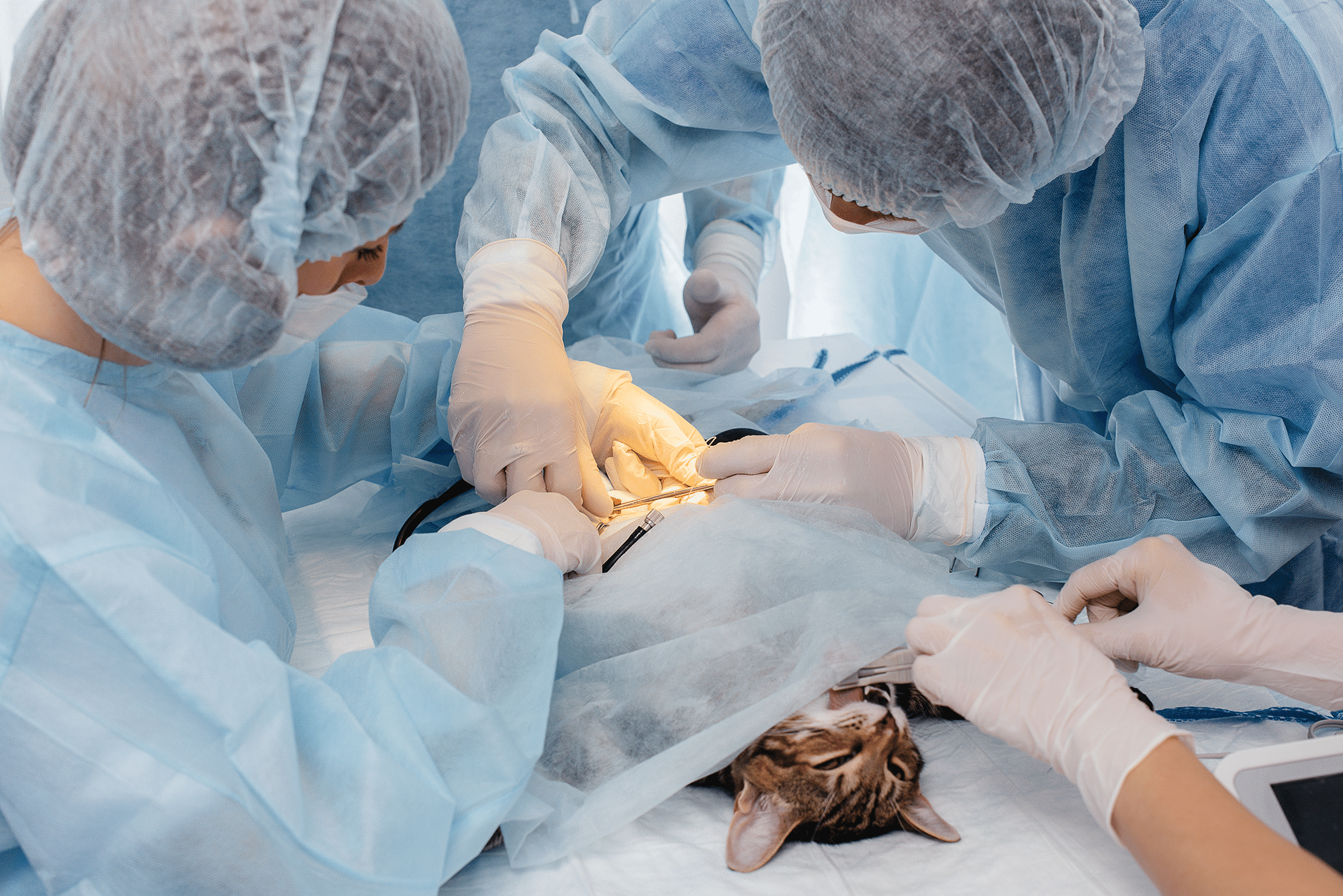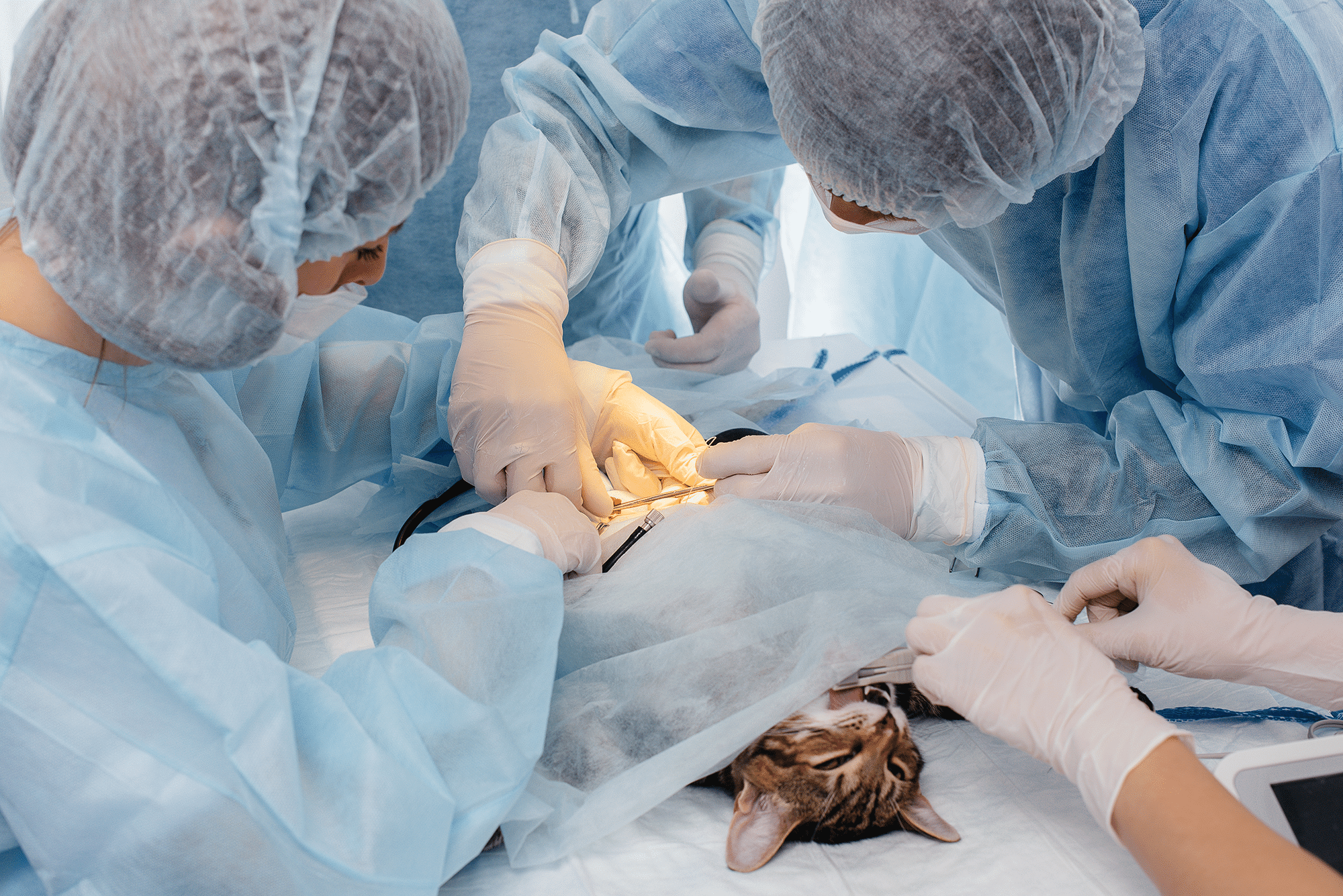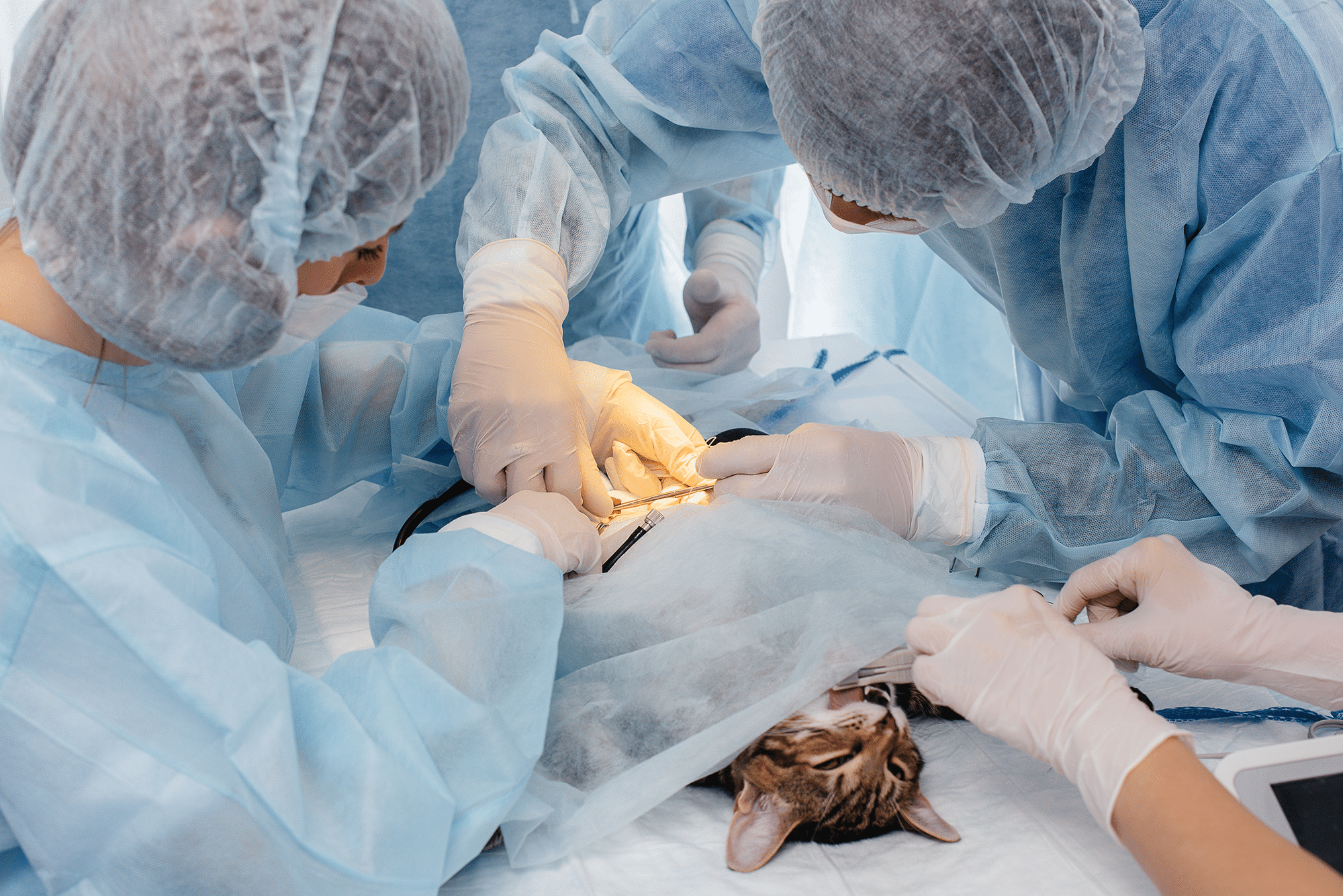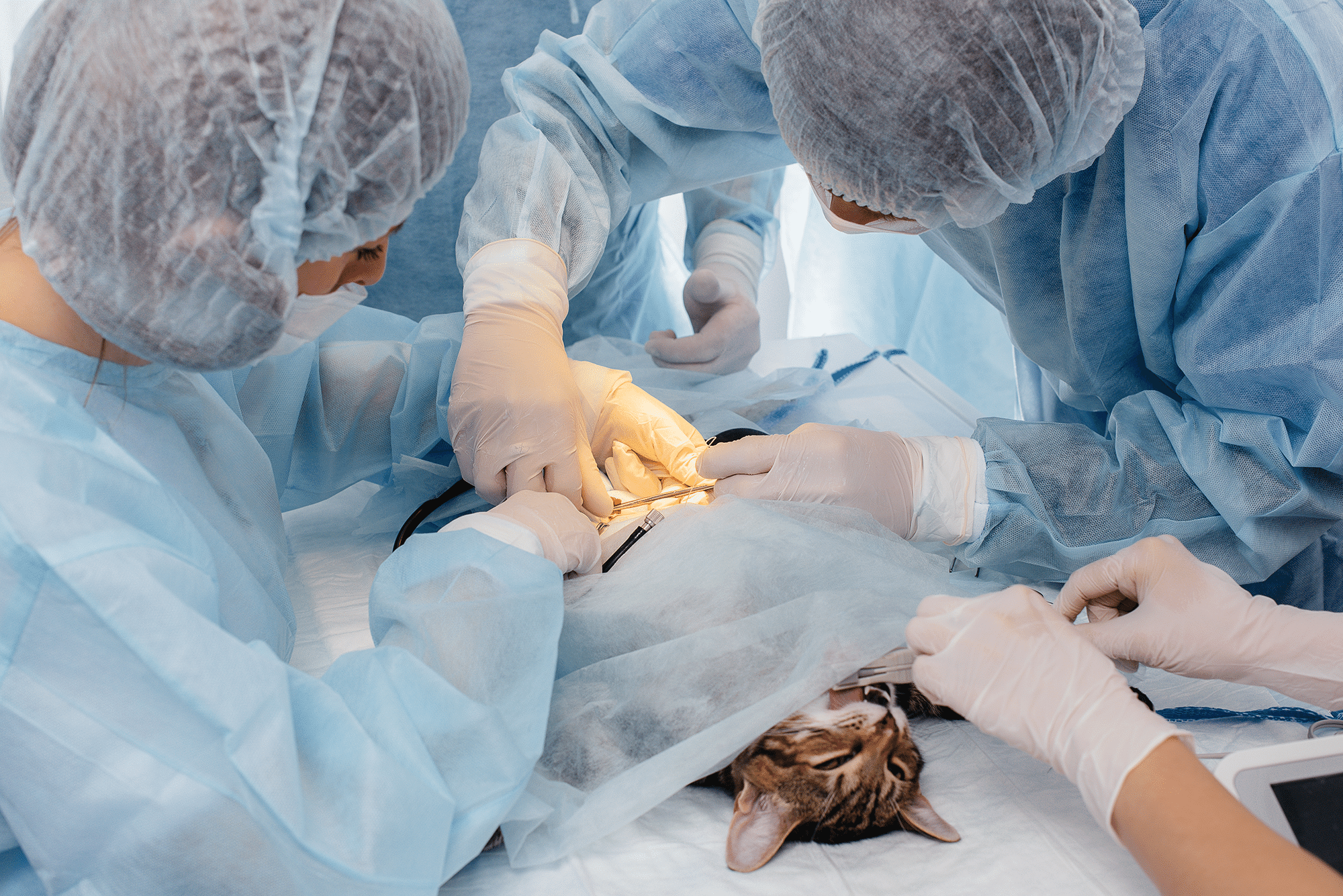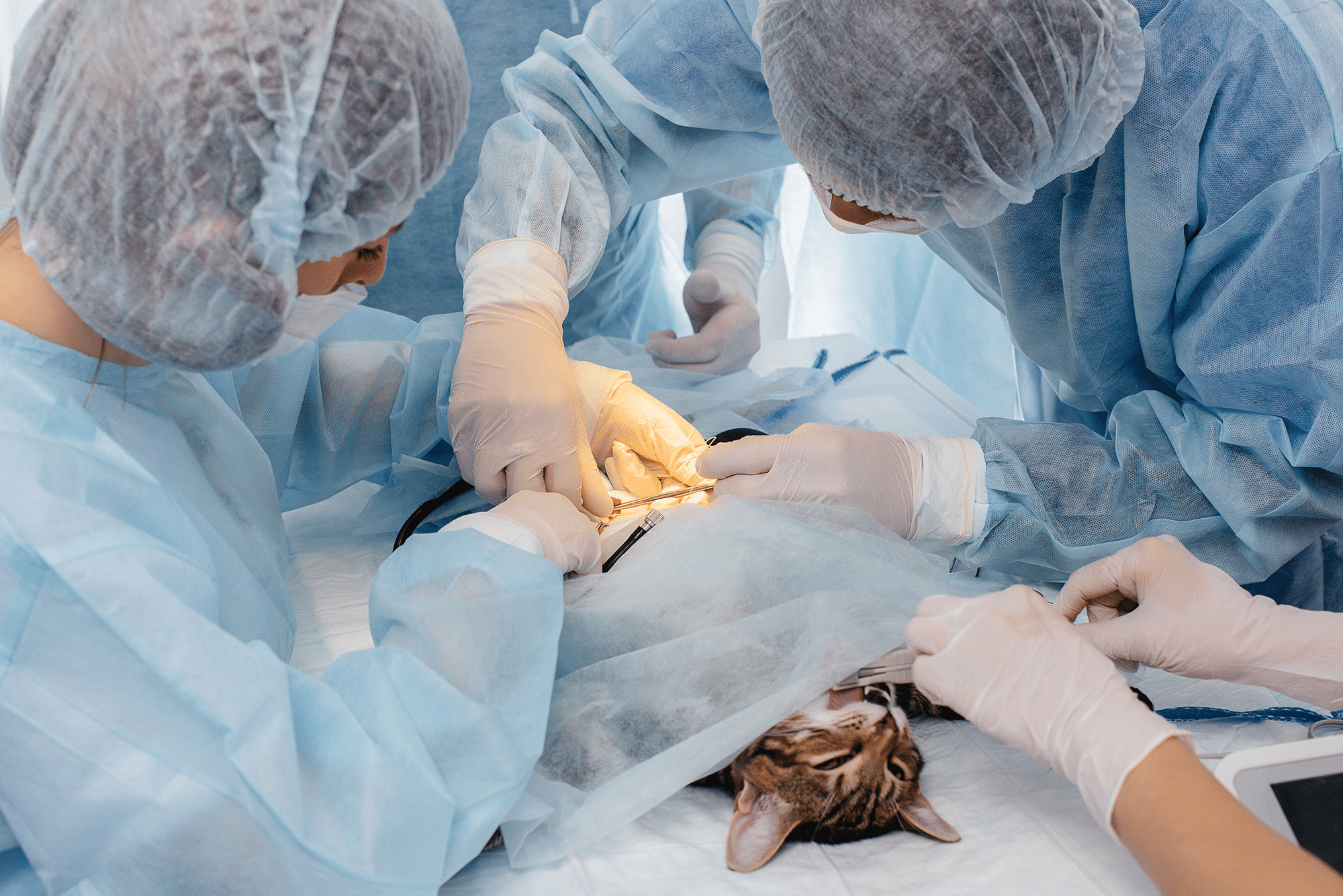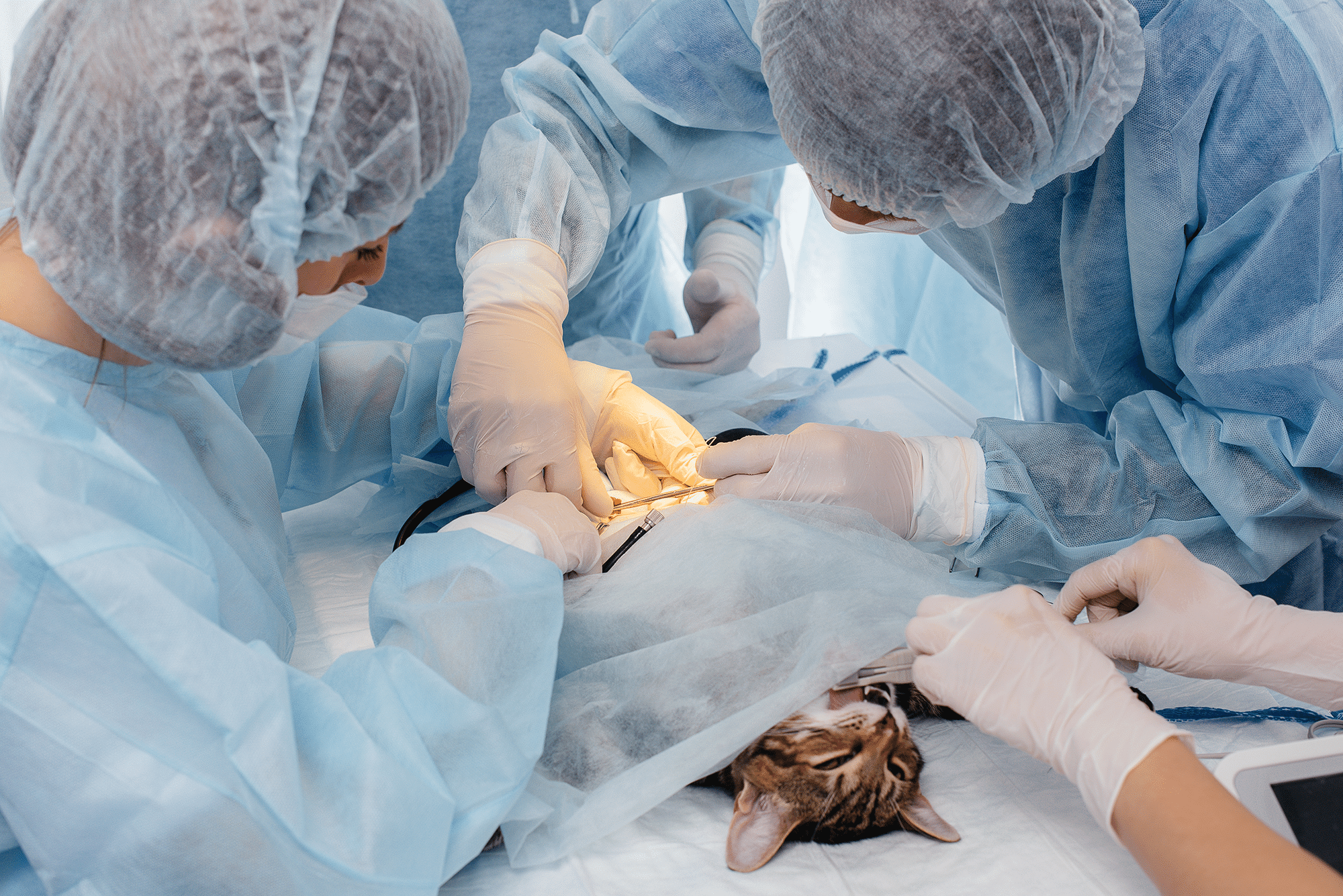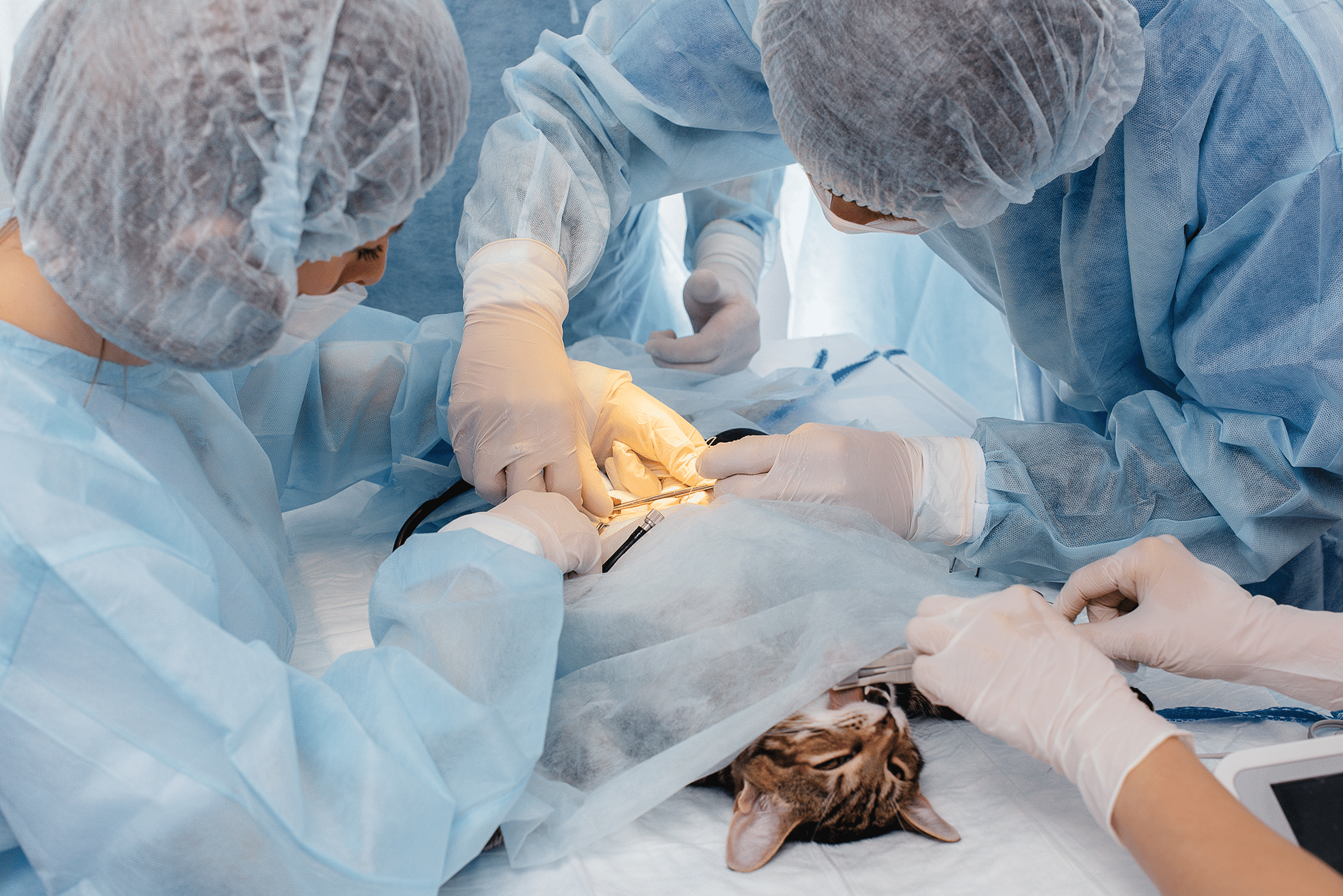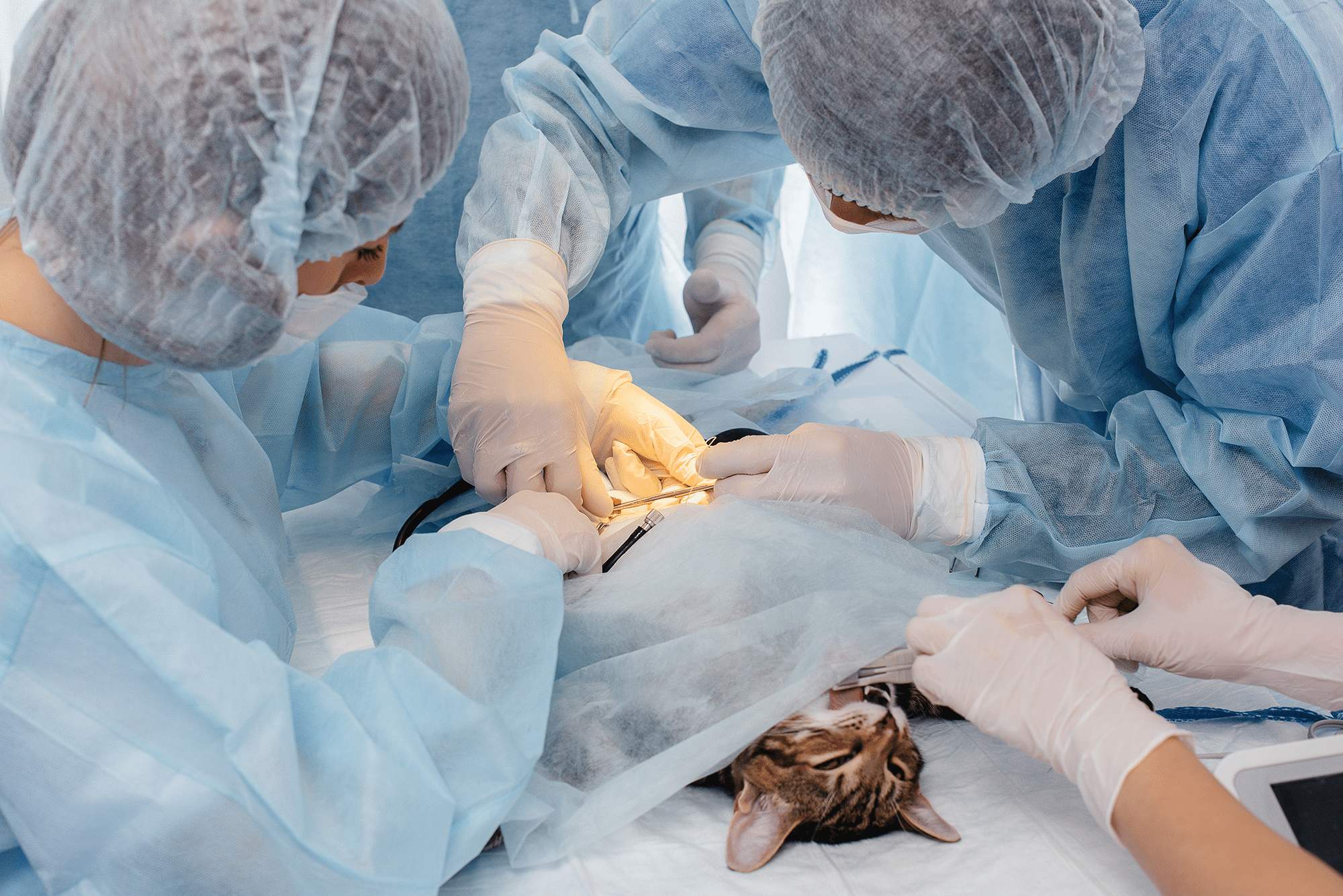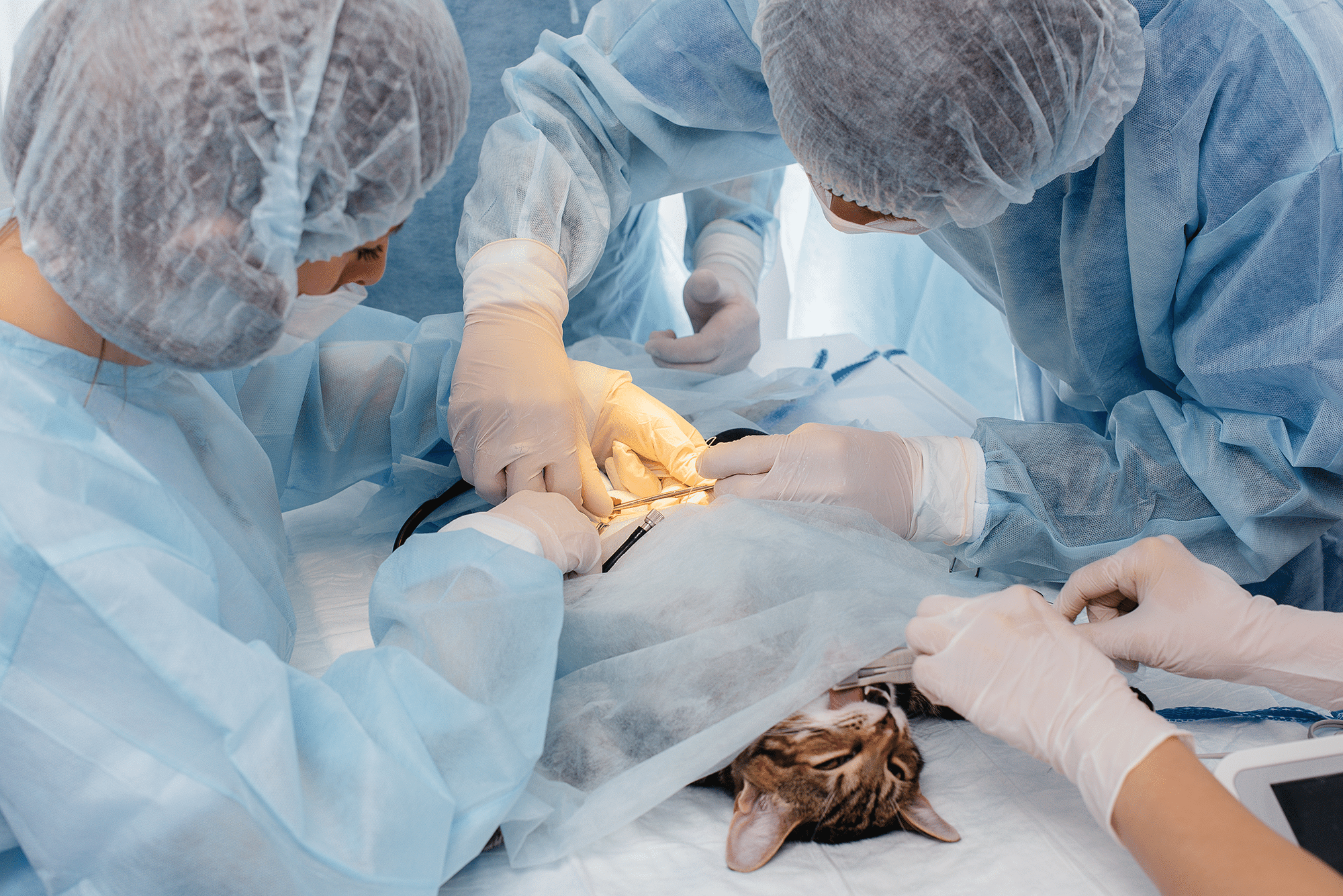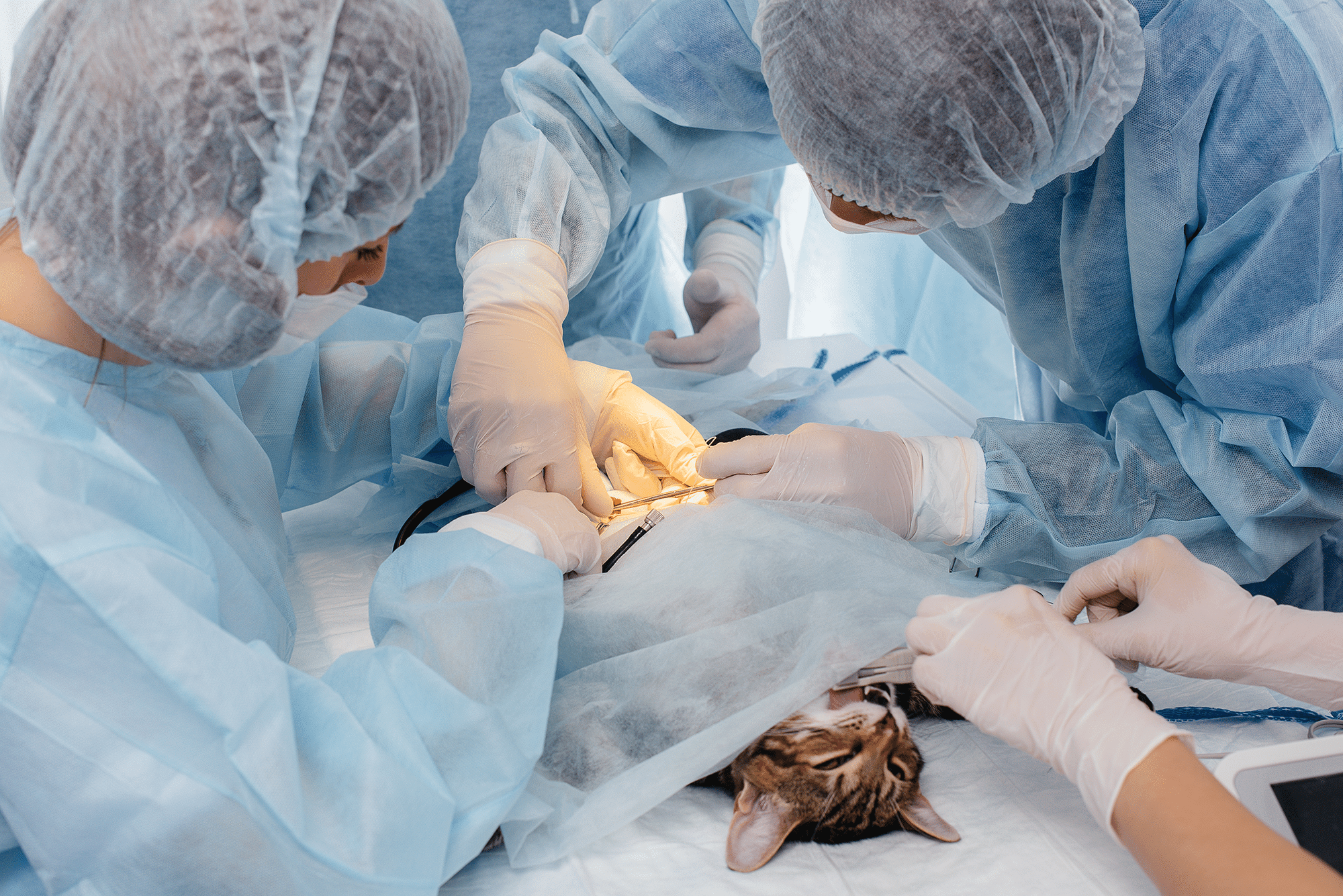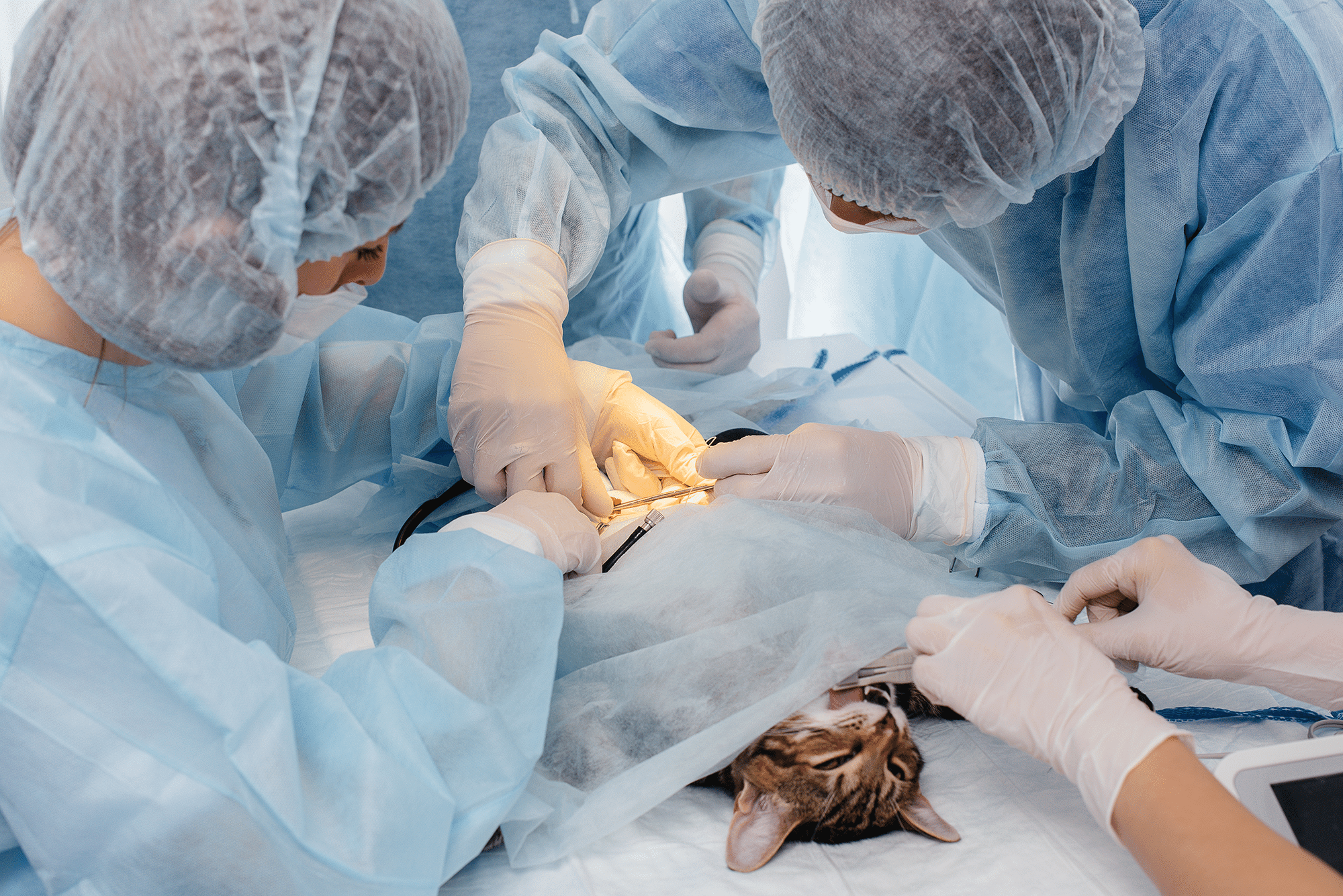Veterinary practices face unique risks when handling, storing, and administering controlled drugs. From Schedule 2 opi…
Veterinary Surgery Fire Safety Insurance: Essential Protection for Animal Healthcare Facilities
Introduction
Veterinary surgeries face unique fire safety challenges that standard commercial insurance policies often fail to address adequately. From specialized medical equipment and pharmaceuticals to the presence of animals under care, veterinary practices require comprehensive fire safety insurance coverage tailored to their specific operational risks. This guide explores the critical importance of veterinary surgery fire safety insurance and how proper coverage can protect your practice, patients, and livelihood.
Understanding Fire Risks in Veterinary Surgeries
Veterinary surgeries present distinct fire hazards that differ significantly from other commercial premises. Electrical equipment such as X-ray machines, surgical instruments, and heating systems create potential ignition sources. The storage of flammable substances including anesthetics, cleaning chemicals, and pharmaceuticals adds another layer of risk. Additionally, the presence of animals who cannot evacuate independently makes fire safety planning particularly critical.
Common fire risks include faulty electrical equipment, overloaded circuits, improper storage of flammable materials, heating system malfunctions, and human error during procedures. The combination of these factors with the 24/7 nature of many veterinary operations creates a complex risk environment requiring specialized insurance protection.
Essential Fire Safety Insurance Coverage
Buildings and Contents Protection
Your veterinary surgery fire safety insurance should provide comprehensive coverage for the physical structure and all contents within. This includes the building itself, specialized veterinary equipment, computers and IT systems, furniture and fixtures, and pharmaceutical stocks. Given the high value of veterinary equipment, ensuring adequate coverage limits is crucial to avoid underinsurance.
Business Interruption Coverage
Fire damage can force temporary closure of your veterinary practice, resulting in significant income loss. Business interruption insurance covers lost revenue during the closure period, ongoing expenses such as staff salaries and rent, costs of temporary premises if available, and additional expenses incurred to minimize business disruption.
Equipment Breakdown Protection
Veterinary practices rely heavily on specialized equipment that can be expensive to replace. Equipment breakdown coverage protects against sudden and accidental damage to essential items including surgical equipment, diagnostic machines, refrigeration units for vaccines and medications, and computer systems and software.
Professional Indemnity Considerations
Fire incidents can impact patient care and potentially lead to professional liability claims. Ensure your professional indemnity insurance works alongside your fire safety coverage to protect against claims arising from interrupted treatment or compromised patient care due to fire-related incidents.
Specialized Considerations for Veterinary Practices
Animal Welfare Protection
Your insurance should address the unique responsibility of caring for animals who cannot evacuate independently. This includes coverage for emergency relocation of animals, temporary boarding costs for patients, specialized transport for injured or sick animals, and potential liability for animal welfare during emergencies.
Pharmaceutical and Medical Supply Coverage
Veterinary practices maintain significant stocks of medications, vaccines, and medical supplies that require specific storage conditions. Fire safety insurance should cover temperature-sensitive medications, controlled substances, surgical supplies and instruments, and the cost of emergency replacement supplies.
Regulatory Compliance
Veterinary practices must comply with various regulations regarding fire safety, animal welfare, and pharmaceutical storage. Your insurance should support compliance efforts and provide coverage for regulatory investigations or penalties arising from fire incidents.
Risk Management and Prevention
Fire Safety Systems
Implementing comprehensive fire safety systems is essential for both prevention and insurance compliance. This includes smoke and heat detection systems, automatic sprinkler systems where appropriate, fire extinguishers suitable for different fire types, emergency lighting and exit signs, and regular maintenance of all fire safety equipment.
Staff Training and Procedures
Regular staff training on fire safety procedures is crucial. This should cover evacuation procedures for both humans and animals, proper use of fire safety equipment, emergency contact procedures, and regular fire drills adapted for veterinary environments.
Electrical Safety
Given the electrical fire risks in veterinary surgeries, maintaining electrical safety is paramount. Regular electrical inspections, proper maintenance of equipment, avoiding overloaded circuits, and immediate repair of faulty equipment all contribute to fire prevention.
Storage and Handling Procedures
Proper storage and handling of flammable materials reduces fire risks significantly. This includes secure storage of chemicals and pharmaceuticals, proper disposal of waste materials, regular cleaning to prevent accumulation of flammable debris, and clear separation of incompatible substances.
Claims Process and Emergency Response
Immediate Response
In the event of a fire, immediate priorities include ensuring safety of all people and animals, contacting emergency services, notifying your insurance provider, and securing the premises if safe to do so. Having a clear emergency response plan helps ensure proper procedures are followed during stressful situations.
Documentation and Evidence
Proper documentation supports your insurance claim and helps expedite the process. This includes photographing damage when safe to do so, maintaining records of damaged equipment and supplies, keeping receipts for emergency expenses, and cooperating fully with insurance investigators.
Business Continuity Planning
Planning for business continuity after a fire helps minimize disruption to your practice. Consider arrangements for temporary premises, relationships with other veterinary practices for emergency referrals, backup systems for patient records and data, and communication plans for informing clients and staff.
Choosing the Right Insurance Provider
Specialist Knowledge
Select an insurance provider with specific experience in veterinary practice insurance. They should understand the unique risks and requirements of veterinary surgeries and offer policies designed specifically for animal healthcare facilities.
Coverage Flexibility
Your insurance should be flexible enough to adapt to your practice's specific needs. This might include coverage for mobile veterinary services, out-of-hours emergency services, multiple locations, and varying levels of risk based on your practice type.
Claims Support
Choose an insurer known for responsive claims handling and support during emergencies. This includes 24/7 claims reporting, specialist loss adjusters familiar with veterinary practices, and support for business continuity planning.
Cost Considerations and Value
Premium Factors
Several factors influence the cost of veterinary surgery fire safety insurance including the size and age of your premises, types of equipment and procedures, fire safety systems in place, claims history, and location and local fire service response times.
Value of Comprehensive Coverage
While comprehensive coverage may cost more initially, it provides better value by avoiding coverage gaps that could result in significant out-of-pocket expenses. Consider the total cost of potential losses rather than just the premium cost when evaluating coverage options.
Regular Review and Updates
Annual Policy Reviews
Regularly reviewing your fire safety insurance ensures coverage remains adequate as your practice grows and changes. This should include reassessing coverage limits, updating equipment valuations, reviewing risk management procedures, and considering new coverage options.
Practice Changes
Notify your insurer of significant changes to your practice including new equipment purchases, premises modifications, changes in procedures or services offered, and staff increases or changes in qualifications.
Conclusion
Veterinary surgery fire safety insurance is not just a regulatory requirement but a critical business protection tool. The unique risks faced by veterinary practices demand specialized coverage that addresses both the physical and operational aspects of fire safety. By choosing comprehensive coverage, implementing robust risk management procedures, and working with experienced insurance providers, veterinary practices can protect their business, staff, patients, and community.
The investment in proper fire safety insurance pays dividends through peace of mind, regulatory compliance, and financial protection against potentially devastating losses. Don't leave your veterinary practice vulnerable to fire risks – ensure you have the specialized coverage needed to protect everything you've worked to build.
For expert advice on veterinary surgery fire safety insurance tailored to your specific needs, contact our specialist team at 0330 127 2333. We understand the unique challenges facing veterinary practices and can help design coverage that provides comprehensive protection for your business.


 0330 127 2333
0330 127 2333
